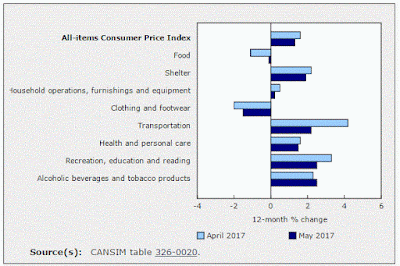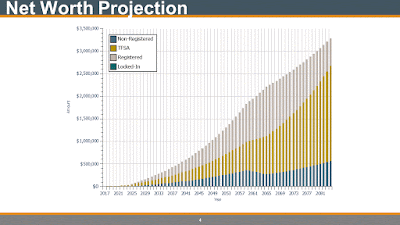Central Banks (and BOC) Singing A Different Tune On Rates ?
When the Bank of Canada's senior staff (Poloz, Wilkins and Patterson) started talking about the possibility of raising rates through the "stop light ahead, apply brakes now" metaphor, it really didn't make much sense because their mandate is price stability (keeping inflation at or about their 2% target) and inflation is running at 1.3% and is not forecast to accelerate at any great speed.
A great number of financial market participants and economists were equally surprised.
It seemed like a fairly abrupt about-face.
Alas, it has become more clear now that more central bankers have joined the party (at a conference in Portugal), but consumer price inflation does not appear to be their concern as much as asset price inflation: stocks, bonds and in Canada (because the SP/TSX is basically flat 6 months into this year) house prices.
At what cost to the Canadian, US and European economies will the central banks be willing to allow these rate increases (there is now about a 67% probability assigned to a July 12th 1/4% increase in Canada) to make their mark?
I think that the downside economic risks are a great deal larger than the more optimistic Bank of Canada may be visualizing. Given their history of forecasting (see my blog The Gloves Are Off for a brief history of the BOC's recent forecasting prowess).
Either that or the 33% who don't expect a July rate increase (the more prudent call in my opinion, but what do I know?) hope that the Bank of Canada will be more cautious. It is a tough call.
Without inflation, short-term rate increases will make the yield curve flatter, eventually, because longer term bond investors will not demand as high a risk premium and longer dated maturities will either hold their current yields or yields will fall.
In any event, flatter yield curves are harbingers of recession. So if the Bank of Canada is wrong (and they raise rates), it won't be pretty.





















